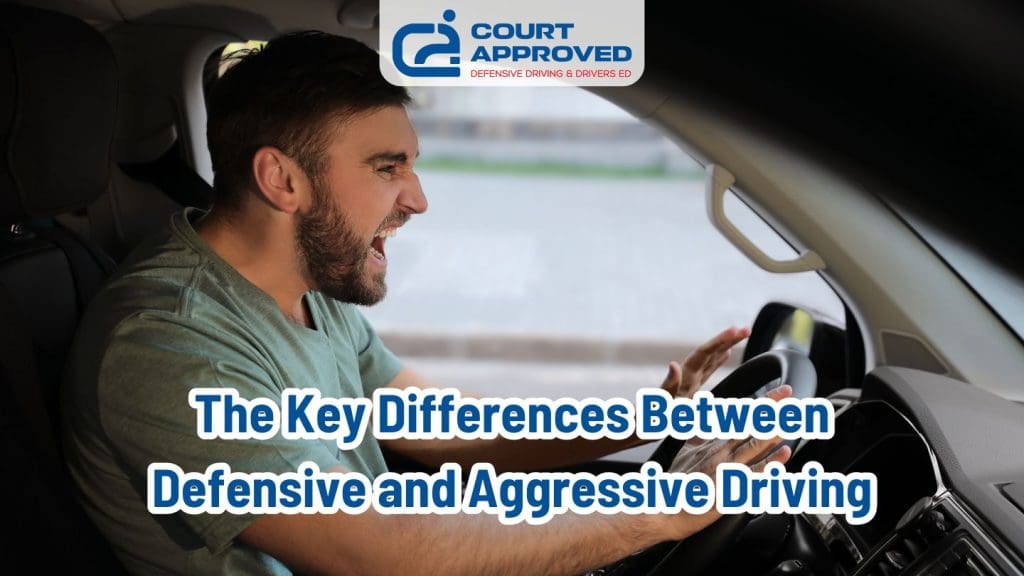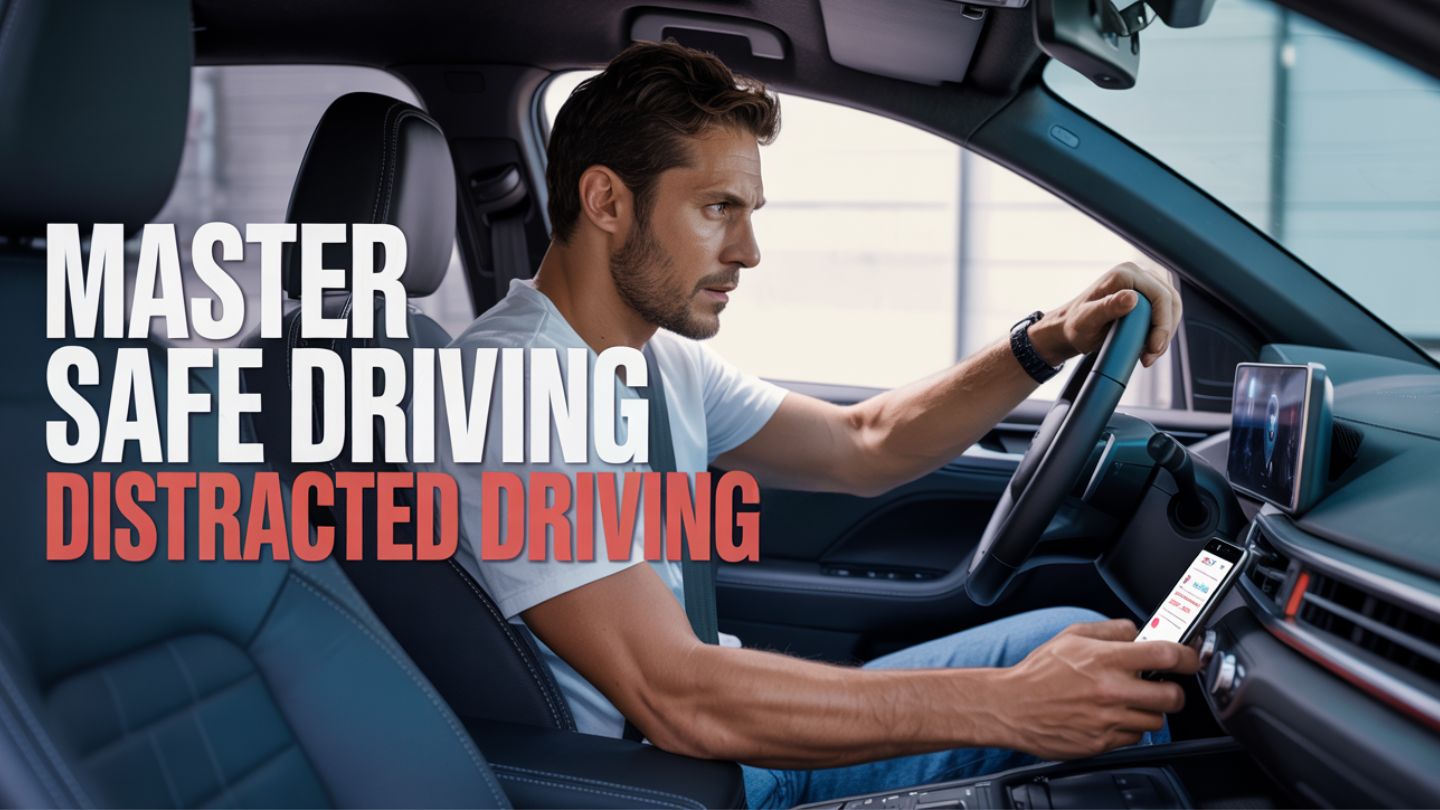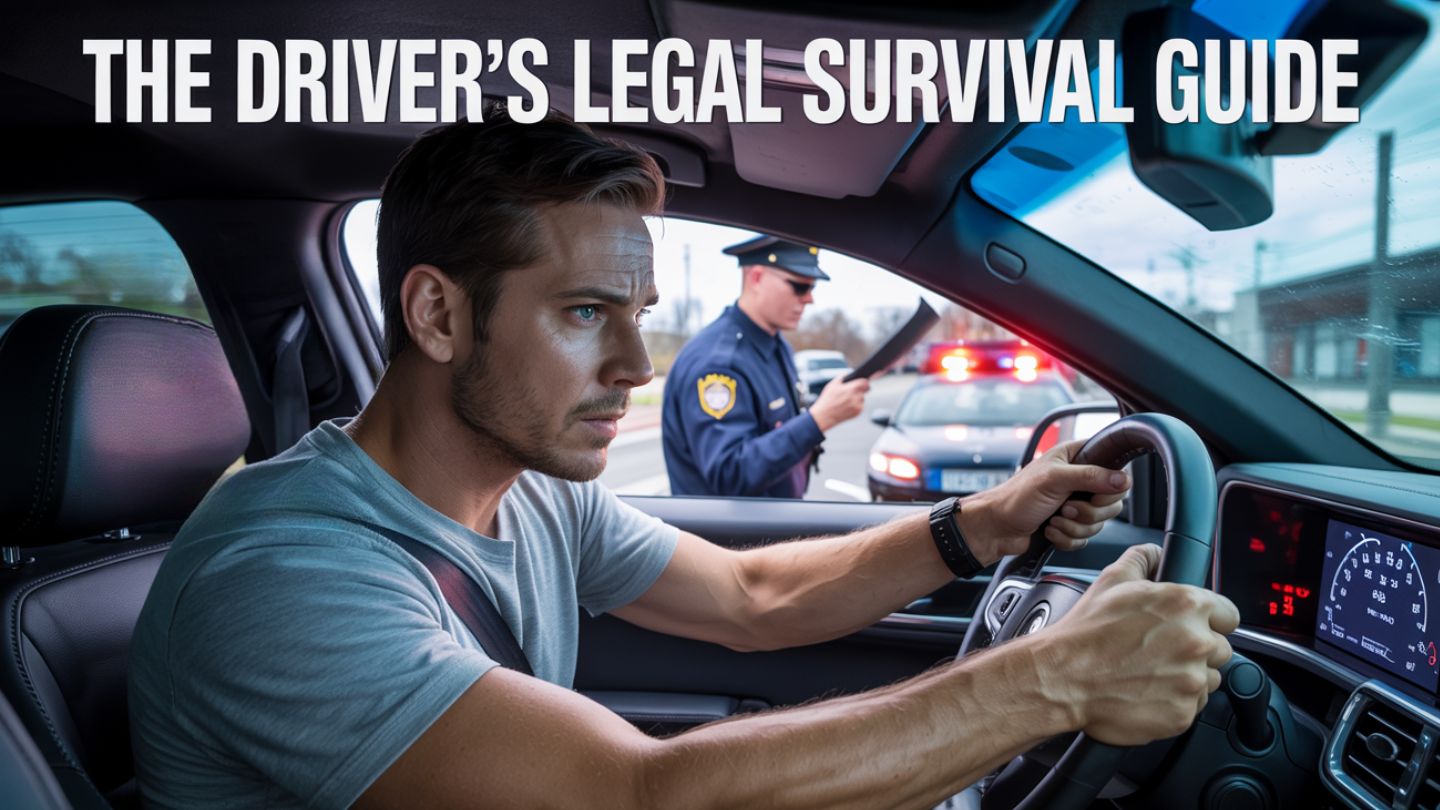Defensive and aggressive driving are associated with road safety and accident prevention, but do you know the difference between them? In this article, we will focus on defensive vs. offensive driving and see how they differ.
All You Need to Know About Aggressive Driving
As the name suggests, aggressive or offensive driving is performed with a complete disregard for road safety. Aggressive driving is also considered any unsafe behavior exhibited by a driver on the road, done deliberately, and constitutes a major hazard on the road. Several aspects define aggressive driving, also known as road rage:
- Speeding: If you are prone to driving beyond the speed limit or you are driving too fast without considering the condition of the road, you are engaging in aggressive driving.
- Tailgating: If you follow another driver bumper to bumper while reducing the time you have to react to an emergency, you are definitely engaging in aggressive driving.
- Changing Lanes Erratically: If you change lanes frequently and unpredictably without alerting other drivers, you are definitely an aggressive driver.
- Not Stopping at Red Lights: If you ignore traffic signals, you are directly violating traffic laws, which makes you an aggressive driver.
All You Need to Know About Defensive Driving
Defensive driving is a proactive approach to keeping yourself and other road users safe at all times. It involves adopting a skillset that allows you to see potential hazards on the road and then adjust your driving to prevent road accidents.
You need specific driving skills for you to be considered a defensive driver, including the following:
- Awareness: Defensive driving requires significant awareness skills, which entails being vigilant of the road, other vehicles, and potential dangers.
- Anticipation: Defensive driving also requires anticipation—a skill that helps you predict potential problems and prepare to react accordingly.
- Observing Speed Limits: Defensive driving also means driving within stipulated speed limits and being considerate of the road condition when driving.
- Keeping a Safe Distance: Usually, driving behind other road users mandates maintaining a 2-second gap between you and the driver ahead. That gives you adequate time to react to any changes in your driving.
- Reacting Calmly to Road Situations: Instead of using abusive language whenever you feel wronged on the road, you choose a calm approach.
Read more: Navigating the Dilemma: Defensive Driving or Paying Your Ticket?
Why It Is Necessary to Take a Defensive Driving Course
Essentially, you are not obligated to practice defensive driving, but you have a moral responsibility to ensure the safety of other road users.If you are looking to elevate your defensive driving skills, contact us at Court Approved. We offer defensive driving courses in Dallas, TX.



